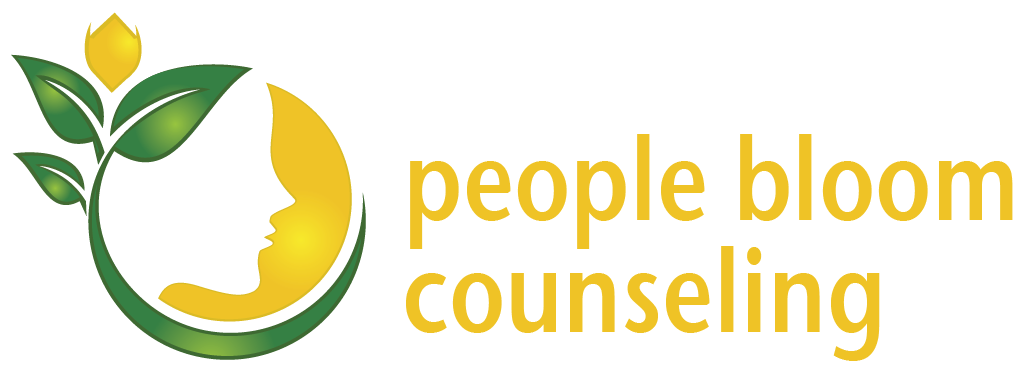Rawpixel/canva.com
It could’ve been us
My husband is a software engineer and he can be very practical and to-the-point. When I present him with a problem, he would try to walk me through a solution. If something is broken, then it must be fixed, except that’s not always the case. Sometimes I just want to be heard without him playing devil’s advocate; I just want to be acknowledged and to know that he has my back.
Thankfully, long before we got married, our pastor/therapist friend taught us how to be supportive of each other. Amidst a difficult situation, Ed would often say, “Tell me more.” If there’s another viewpoint we need to hear, he would first validate, “Yeah, that sucks!” before presenting his argument. While this doesn’t solve the world’s problems, it sure makes us feel accepted and heard. When we’re more calm and collected, we’re in a better place to tackle life's challenges.
This doesn't mean we're perfect.
Back into our pattern
This doesn’t happen often but I remember a discussion where I presented my fears before leaving on a trip and my husband came up with counter-arguments from the get-go. He wanted me to consider this and that. He heard me but I didn’t feel heard. When I’m in an emotional state, it’s hard for me to formulate my thoughts. I finally had to tell him, “What I need most is validation...”
Being the great guy that he is, he realized what had happened and came and comforted me. He helped me down-regulate and we were able to move forward with our trip planning with greater ease.
Could this be you?
Consider this video:
So, it’s meant to be a little tongue in cheek. If there really is a nail growing out of your head and it’s causing headaches and snagged sweaters, I hope you’d find a way to get it out. Your partner is just trying to help. There is a very practical issue to be solved and to not address it can seem ludicrous. However, there’s a better way to go about it.
Begin by sitting with
Suppose the following are common scenarios and their quick-fixes:
“It’ll be hard for us to get away.”
“Just find a sitter!”
“I’m stressed about work!”
“I told you to work part-time!”
“I’m worried about Sarah...”
“She’s a big girl. She can handle things.”
“I feel uncomfortable going to the party.”
“Don’t worry. It’ll be fine.”
Perhaps finding a sitter or being reminded that your daughter is capable are great solutions, but given the same scenarios, what if your partner began with this:
“It’ll be hard for us to get away.”
“The schedule is kinda tight, isn’t it?”
“I’m stressed about work!”
“What happened today babe?… That does sound frustrating!”
“I’m worried about Sarah...”
“Yeah, she’s growing up and becoming her own person...”
“I feel uncomfortable going to the party.”
“You’re right, there will be a lot of strangers there. That is tough.”
Would you feel any different? Would you feel like your partner “gets you” rather than just trying to “fix you?” If you feel heard, would you feel closer to your partner?
Proceed with offering help
When you feel like your partner understands where you’re coming from, you’re more open to consider what they have to offer. Your partner is meeting you where you’re at and while staying with you for a while, is also helping you get out of that place where neither of you want to stay.
When you’ve had some air time and you feel supported, how would you like to hear this, “How can I help?” Hearing you out is half the battle. That perhaps is already plenty helpful. If there is a problem to be solved, the rest of it is arriving at a solution, together. After all, having your partner be with you in this puts you in great company. You don't have to go about life's challenges alone.
Ada Pang is the proud owner of People Bloom Counseling, a Redmond psychotherapy practice in WA. She helps unhappy couples find safety and connection in their relationship. She also helps cancer thrivers and their caregivers integrate cancer into their life stories. When she’s not working or thinking about work, she loves hanging out with her husband. Back from the solar eclipse, they look forward to more stand up paddle boarding before the summer is over.


























